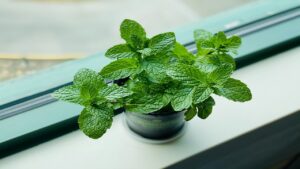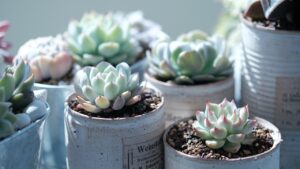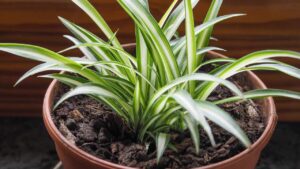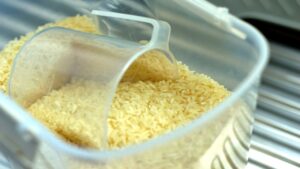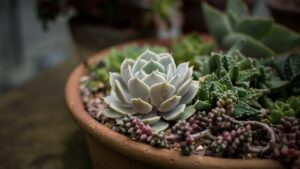The Correct Way to Water Your Plants
Plants contribute a lot to the home by acting as a pretty decoration and adding oxygen to the air. Unfortunately, it can be a mystery why our plant’s leaves begin turning brown and wilting away. The cause for this, though, is, more often than not, our watering procedure. That is why we are going to discuss how and when to water our plants properly.
Before we begin, it is worth noting that there is no single rule when it comes to watering plants. There are always going to be several variables when it comes to proper watering, and these will include types of soil, pot size, and sun exposure.
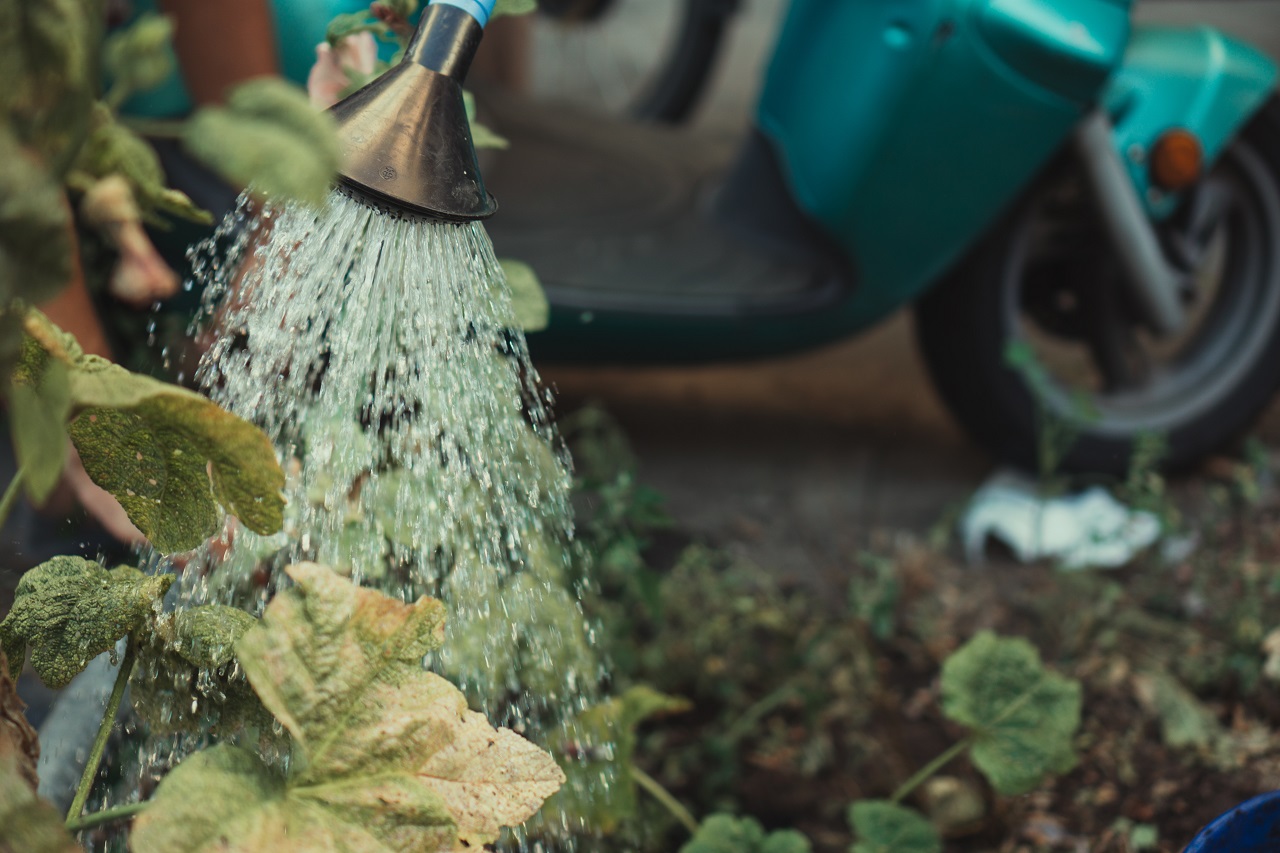
Rules for Watering Plants
Before we even get started with watering, it is important to take a good look at your plant’s leaves. It may seem obvious, but it is necessary to determine if the plant even needs watering in the first place. If the leaves and plump and have a deep color, then there is no need for watering. Otherwise, we can safely say that we can move forward.
In the case that our plants do, in fact, need watering, we will now have to consider the season. During the warm summer months, it is best to water your plants during the evening. When the temperature is too hot, and the plants are exposed to direct sunlight, the water will just evaporate, leaving our plants dehydrated. Also, consider that too much sunlight can cause leaves to dry out, similar to a sunburn on our skin.

During the winter, we want to water our plants in the morning instead. As opposed to the summer, during the winter, we want to avoid having the water freeze in the soil. If this happens, the water will not be absorbed, which will result in dehydration. Also, to avoid thermal shock, make sure only to water the soil, not the leaves.
Another useful tip for watering plants is repurposing the water used to boil vegetables. Not only can it be used to hydrate plants, but the nutrients leftover in the water allow it to also act as a fertilizer.
